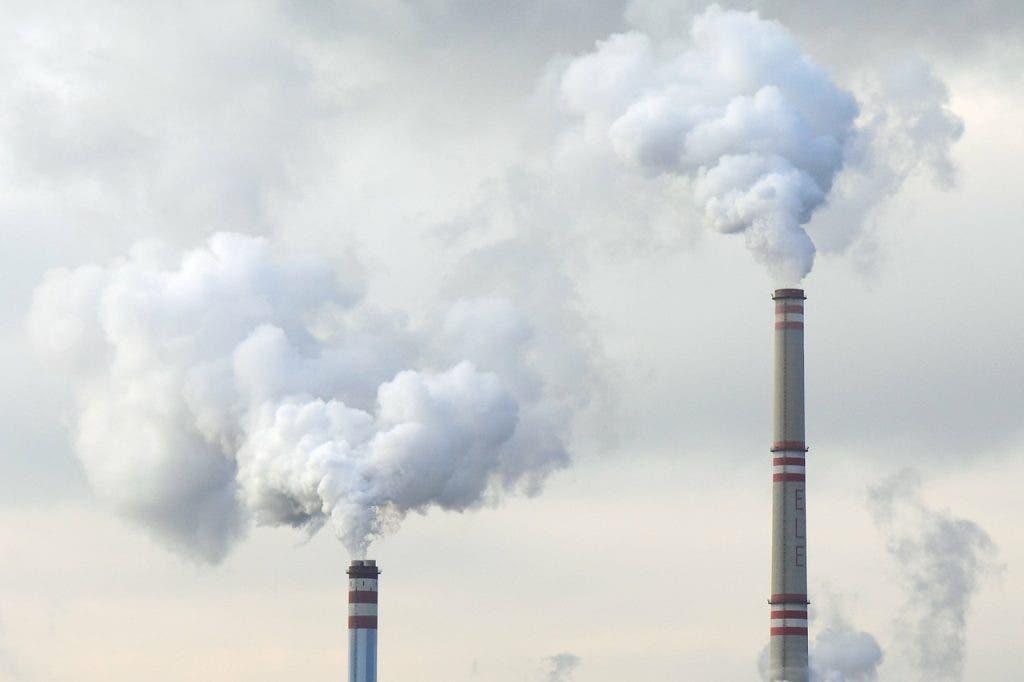Amber Rudd, the UK’s Secretary of Energy and Climate Change, announced the government’s new plan to generate clean and cheap energy. Rudd says the Britain will add more nuclear power, explore for shale and, most strikingly, replace all coal fired plants with gas.
“One of the greatest and most cost-effective contributions we can make to emission reductions in electricity is by replacing coal fired power stations with gas. We will be launching a consultation in the spring on when to close all unabated coal-fired power stations. Our consultation will set out proposals to close coal by 2025 – and restrict its use from 2023.
If we take this step, we will be one of the first developed countries to deliver on a commitment to take coal off the system.”
“It cannot be satisfactory for an advanced economy like the U.K. to be relying on polluting, carbon-intensive 50-year-old coal-fired power stations,” the minister said in a statement.
Yet 2025 is only ten years away. Not a lot of time, considering what Rudd is effectively suggesting is replacing 20% of its currently energy generation. Elsewhere in the mix, over 30 percent of British electricity came from natural gas, 25.3 percent from renewables and 21.5 percent from nuclear plants. The bulk of the grunt work in the absence of coal will be made by modern gas-fired plants, supported by more nuclear and renewable energy.
The announcement is well received, considering a week from now world leaders and policy makers will convene at the COP21 U.N. climate summit. Here, a global framework aimed at reducing emissions and curbing global warming will be put in motion. It’s already a certainty – it’s the details that need to be sorted out in Paris. The EU pledge, known as an Intended Nationally Determined Contribution (INDC), was submitted to the UN Framework Convention on Climate Change (UNFCCC) in October. The headline is to reduce domestic EU greenhouse gas emissions by “at least 40%” by 2030, against a 1990 baseline. The EU says this is in line with an existing EU objective to cut emissions by 80-95% in 2050 against 1990 levels.
The UK is a major energy consumer, and scrapping coal in favor a more environmentally friendly solution will definitely help meet the EU pledge. “If you are serious about climate change, the first thing to do is get out of coal,” said Dieter Helm, a professor of energy politics at the University of Oxford. Coal releases the most CO2 emissions per unit of generated energy, along with particle matter (soot) and dangerous compounds like mercury that pose a significant risk to health.
Yet despite this decision, Rudd – and the rest of the government, for that matter – is doing it all wrong.
UK renewable subsidies, like in most other countries, are paid using household energy bills. The government has imposed a cap on the total amount that could be spent of £7.6bn a year by 2020. Yet, wind and solar farms have been built at such a rate that speding would rise to £9.1 bn. Amber Rudd, the energy minister, announced a series of cuts earlier this summer, including a reduction in the guaranteed price paid for electricity generated by new rooftop solar installations by up to 87 per cent. The effects of the decision are already well felt. The Solar Trade Association (STA) says 27,000 jobs could be at risk as the solar industry’s 3,000 firms face the cuts. Two solar panel companies, including one of the UK’s biggest installers, blamed the cuts when they went into administration with the loss of 1,200 jobs. Meanwhile, fossil fuels have received more subsidies in the form of additional tax breaks.










